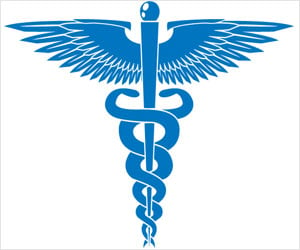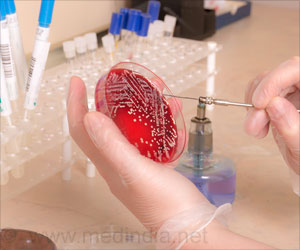A higher-than-expected prevalence of Staphylococcus aureus and MRSA at beaches around Lake Erie.

‘280 samples collected from 10 freshwater beaches found Staph aureus in 23 percent and MRSA in 8 percent.’





"When we think about beach contamination, we usually think about things like E. coli," Dr. Smith said. "The Ohio Department of Natural Resources tests for that and other bacteria, but not usually for MRSA or other staph variations." Dr. Smith's article, "Prevalence and characterization of Staphylococcus aureus and methicillin-resistant Staphylococcus aureus (MRSA) on public recreational beaches in Northeast Ohio," was published in the journal GeoHealth. Students in her lab took 280 samples from 10 freshwater recreation areas beaches, finding Staph aureus in 64 samples (23 percent) and MRSA in 23 samples (8 percent).
Staphylococcus aureus and MRSA can cause severe and even life-threatening illnesses, including sepsis and endocarditis. Staph is also notorious for contaminating open wounds and turning a small cut into a catastrophe. Dr. Smith said roughly 11,000 people every year in the United States die of staph and MRSA-related disease, while the bacteria cause another 80,000 invasive infections and millions of skin and soft-tissue infections.
"We don't know if people are getting sick at these beaches because of it, but if they are immune-compromised or have open wounds, then they should be aware of the risks," Dr. Smith said.
Staph levels at beaches were shown to be more than 40 percent higher in the summer when beaches are most heavily used.
Advertisement
"Simply using the showers that many beaches provide to rinse off after being on the beach or in the water can help you avoid carrying that bacteria home with you," she said.
Advertisement
Source-Eurekalert











